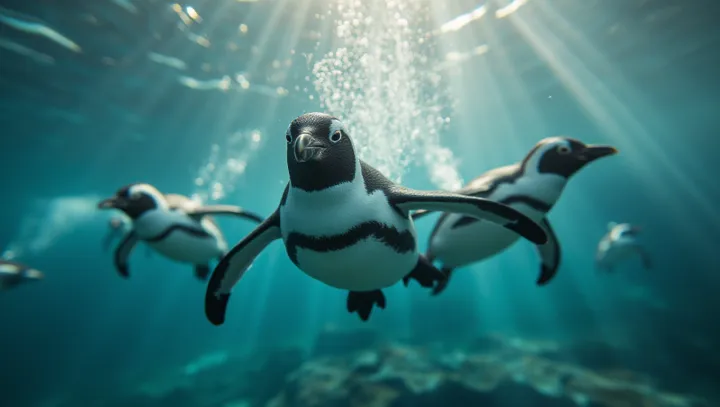Penguins: Remarkable Aquatic Speedsters

In the icy realms of Antarctica, where frigid waters dominate the landscape, penguins manifest their extraordinary aquatic abilities. These astonishing birds, known for their unique black and white plumage, are counted among the fastest swimming species on Earth. Their capability to navigate with unparalleled speed is not merely a curiosity but a testament to their adaptation in the marine environments they inhabit.
Recent studies conducted by marine biologists, including Dr. Emily Winters from the Oceanographic Institute in Cape Town, indicate that penguins can reach speeds of up to 22 miles per hour. This is made possible by their streamlined bodies, which reduce drag, and their powerful flippers, which propel them effortlessly through the water.
Dr. Winters notes that understanding penguin locomotion can offer insights into evolutionary mechanisms, underscoring their role as a significant subject in marine research. The intrigue surrounding penguins isn't limited to their speed.
Their agility in water, a result of millions of years of evolution, allows them to escape predators such as seals and efficiently hunt their prey. The adaptability of penguins serves as an inspiration for biomimetic designs and could potentially inform future technological advancements in aquatic locomotion. As global attention increasingly turns towards environmental conservation, the study of penguins and their habits offers important lessons.
These resilient creatures not only inform scientific understanding but also highlight the delicate balance required to maintain their natural habitats. Effective conservation strategies could ensure that penguins continue thriving, delighting and educating generations to come.
